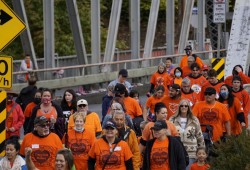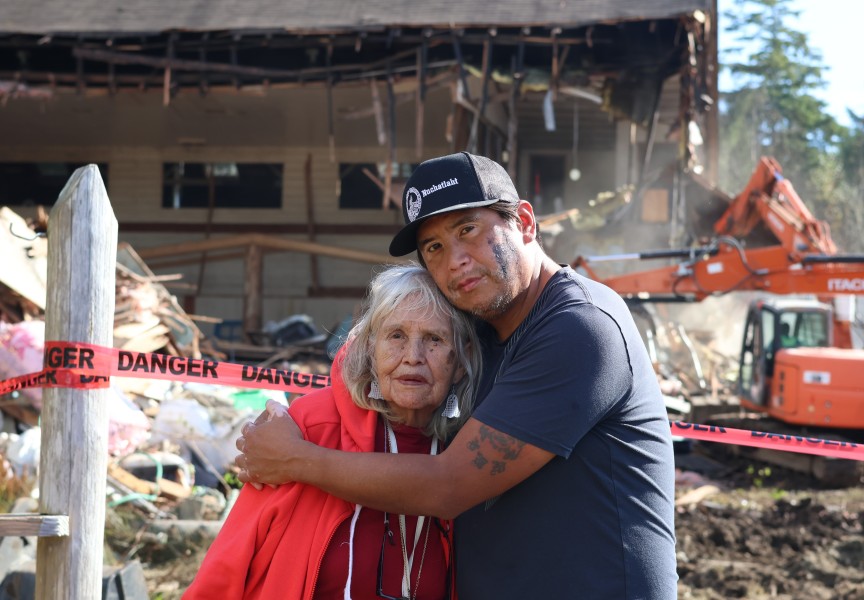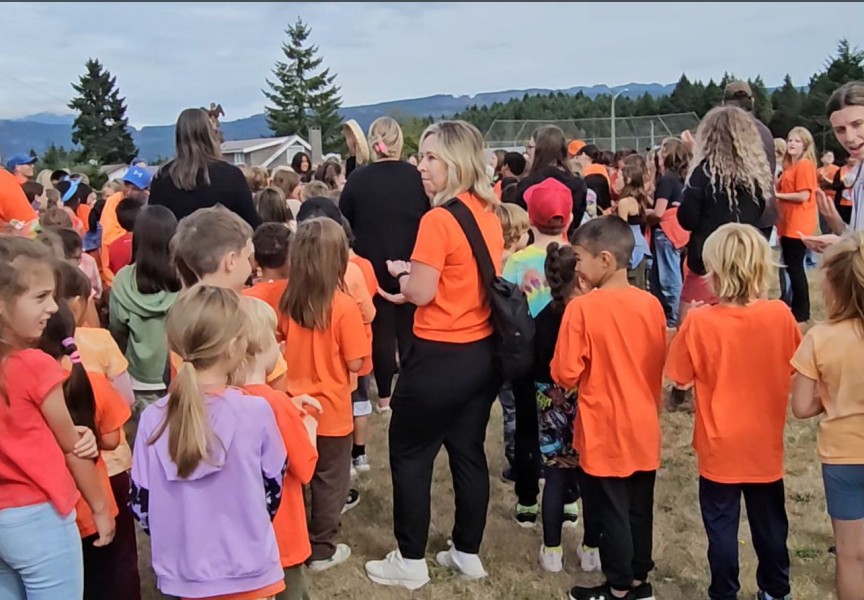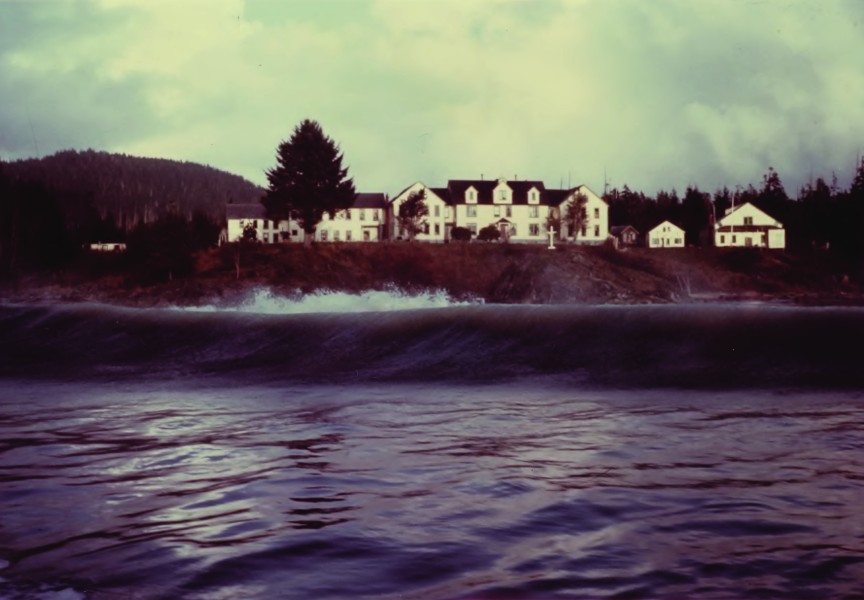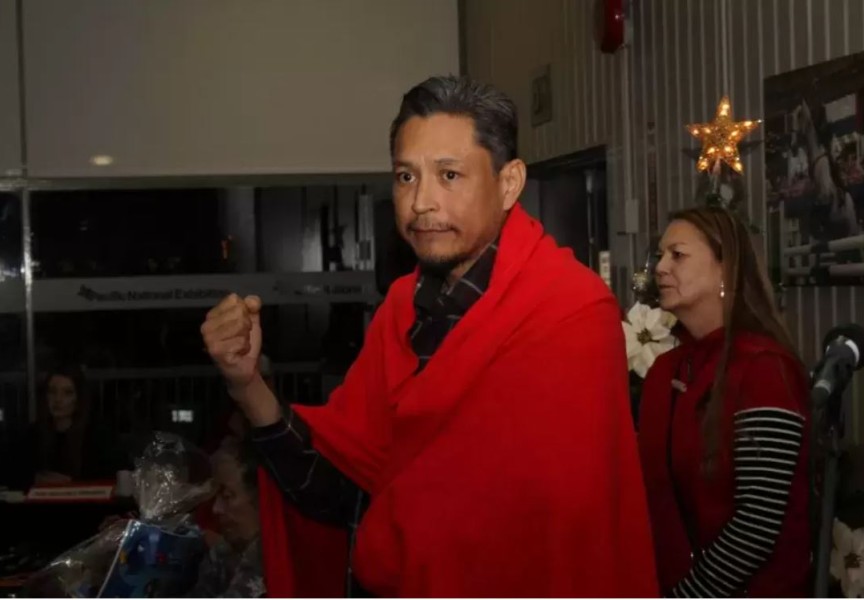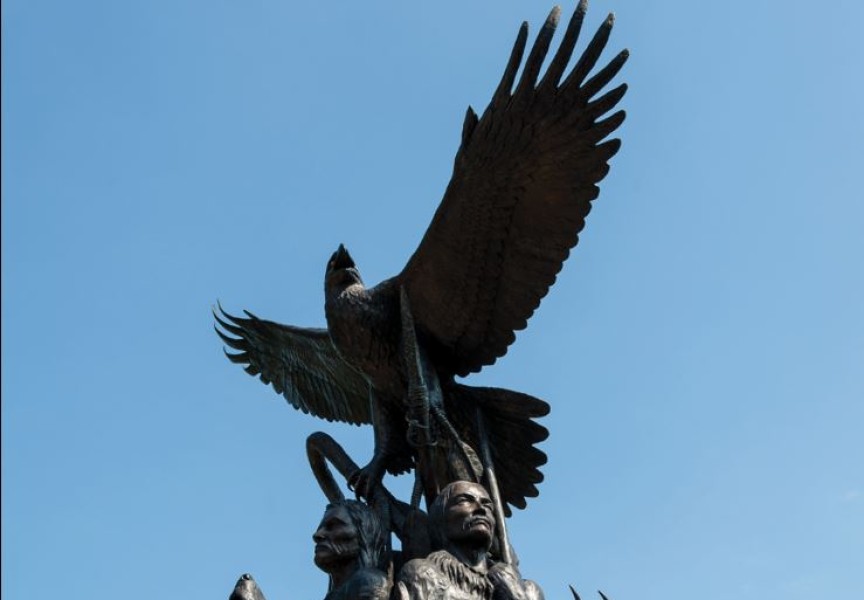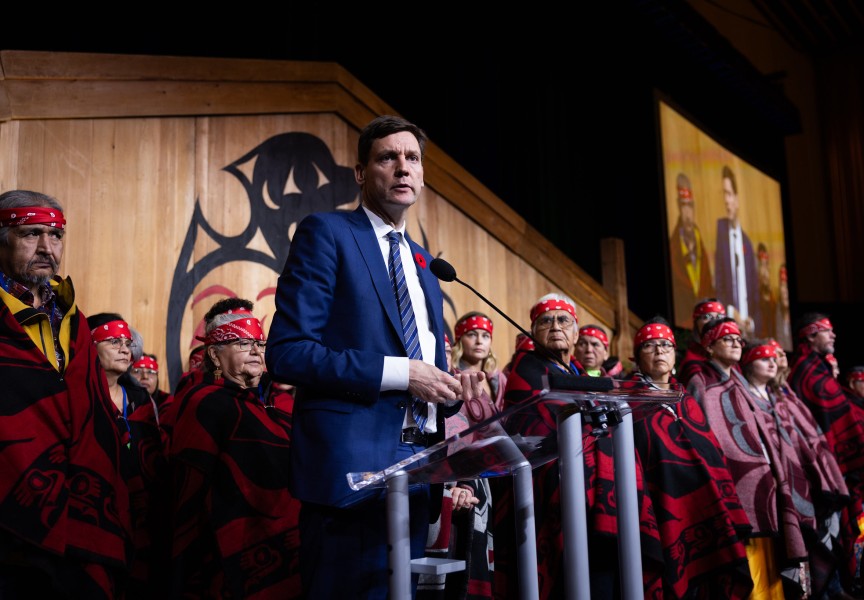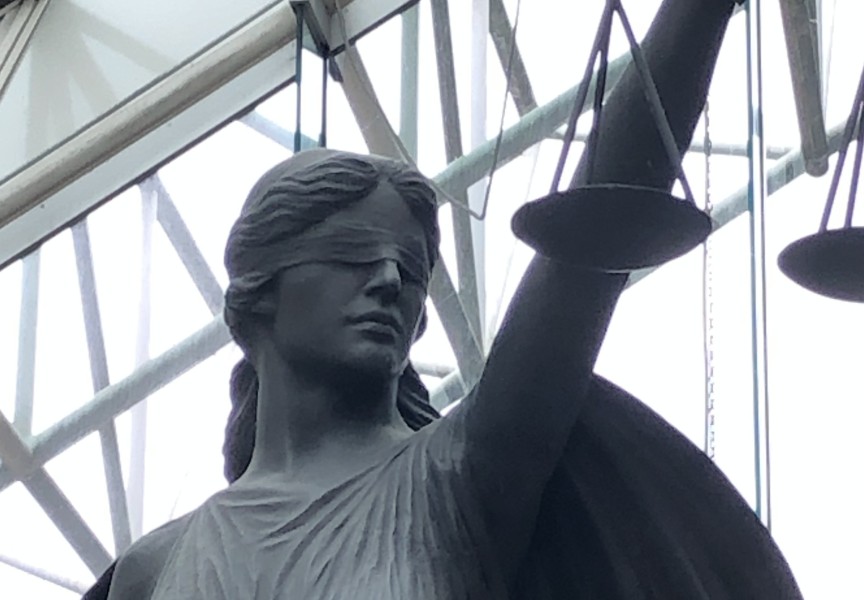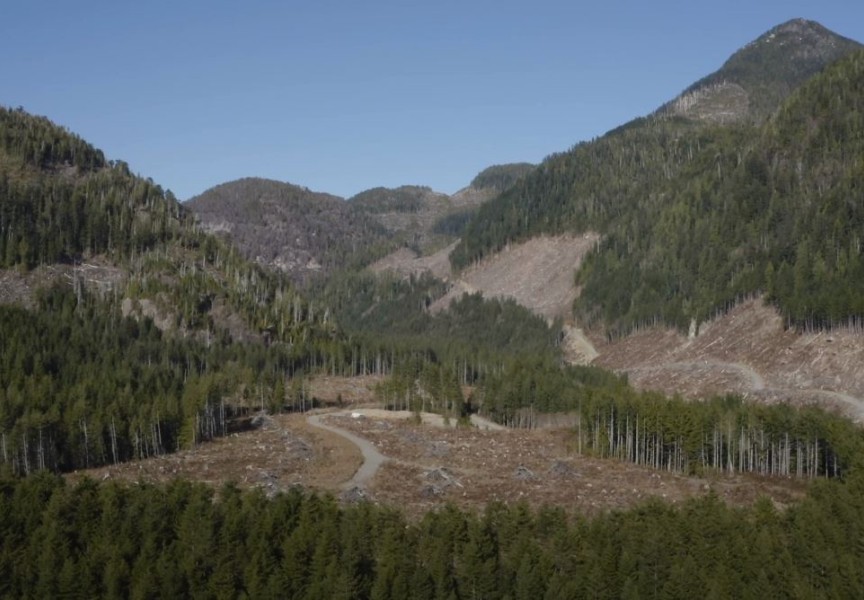Tseshaht First Nation has begun work to locate unmarked graves at the Alberni Indian Residential School (AIRS) site, reclaiming lost souls by connecting with ancestors of those who did not return home.
The creation of its project team, ʔuuʔatumin yaqckwiimitqin (Doing it for our Ancestors), is grounded in values and lead by culture. Led by Tseshaht member, Melissa Gus, the team has begun gathering the knowledge needed to prepare the community and site for ground penetrating radar scanning.
The team has also been working toward providing wellness-focused support to survivors who share their stories and experiences.
Ken Watts, Tseshaht’s elected chief councillor, said the project is a four-phased approach, beginning with research gathering through the National Truth and Reconciliation Centre, United Church records and information from AIRS survivors.
Watts said there’s roughy 100 hectares of land that will need to be researched. Survivors will be engaged to determine general locations that will be considered for scanning with ground penetrating radar.
“We are acutely aware of the large task at hand,” Watts said. “This is not work we take lightly. As we ask survivors to share their knowledge and experiences with our research and investigation team, we are fully committed to providing cultural support to them through every stage of this process.”
Survivors have guided this project since the beginning and have been meeting regularly to help shape the way forward.
An announcement will be made when scanning begins - which won’t happen until soil conditions are ideal - and the project team will ensure steps are taken to secure the area throughout the entire scanning process to maintain a high-level of protection and privacy.
“Over the next few months, our members and the public can potentially expect to see more people at the site and drones doing LiDAR scanning,” Watts said. “Communication is key throughout this project. Survivors, youth and the public will receive updates either in person, in print or on our website. We hope to undertake the first phase scanning of ground penetrating radar (GPR) in spring or summer of this year.”
Watts said announcing this project has opened old wounds with survivors and the community.
“We’re really cautious of how we proceed, we want to make sure people are supported” he said. “We have a working group of survivors that we check in with…we’ve also provided cultural and mental health supports. It’s a tough time for people not just because of residential schools but because of COVID 19 and other things, but I’d say we need to remind ourselves we’re also in the middle of an opioid crisis.”
Watts added he doesn’t like to make predictions about what could be uncovered during the scanning process and that it’s best to let the professionals and researchers do their work.
“We’ll cross that bridge when we get there,” he said.
As part of the research process, Survivors and their families will have the opportunity to submit a statement online at the project website page (coming soon), as well as hybrid in-person/online statement gathering events in the coming months.
Once information gathering and scanning is complete, Tseshaht will provide an update on how the announcement of the results will be released.
“The Alberni Indian Residential School was located on our traditional territory, and we feel a sacred obligation to lead this project, with culture and healing at the forefront for our people. We are guided by survivors, ha’wiih (hereditary chiefs), council and our people to give this project the honour, respect and dignity it deserves,” Watts said. “From a community perspective having it in your backyard… it’s been really triggering for a lot of our survivors and community members, who’s [relatives] went to the school. I think this is all going to help get the answers that everybody needs and deserves.”
Williams Lake First Nation recently announced the discovery of 93 potential graves of lost souls who attended the St. Joseph Mission Residential School.
“This pain is felt by all Indigenous people and Tseshaht First Nation stands with this Nation and all Nations who are being called to do this important work for their communities,” Watts said.
Resources are available for those in need through the KUU-US Crisis Line Society, Quu’asa and the provincial Indian Residential School Survivor Society.
In addition to these efforts, the c̓ išaaʔatḥ (Tseshaht) First Nation has begun fundraising for a memorial to honour all those who attended the Alberni Indian Residential School. To date, the Nation has raised more $60,000 in donations.
For the latest information, or to contribute to the memorial, please visit www.tseshaht.com/airs-team.
“Our intent, once we get a final list of names, is to really develop that place where people can go if they’re a survivor, child of a survivor or grandchild. A place that you can come to year-round under a covered area and have that memory and share that love for that person that attended,” Watts said. “We still want to tear down the school one day and we’ve been having conversations with Canada about it. I’m hopeful it will happen, it’s just a matter of when.


